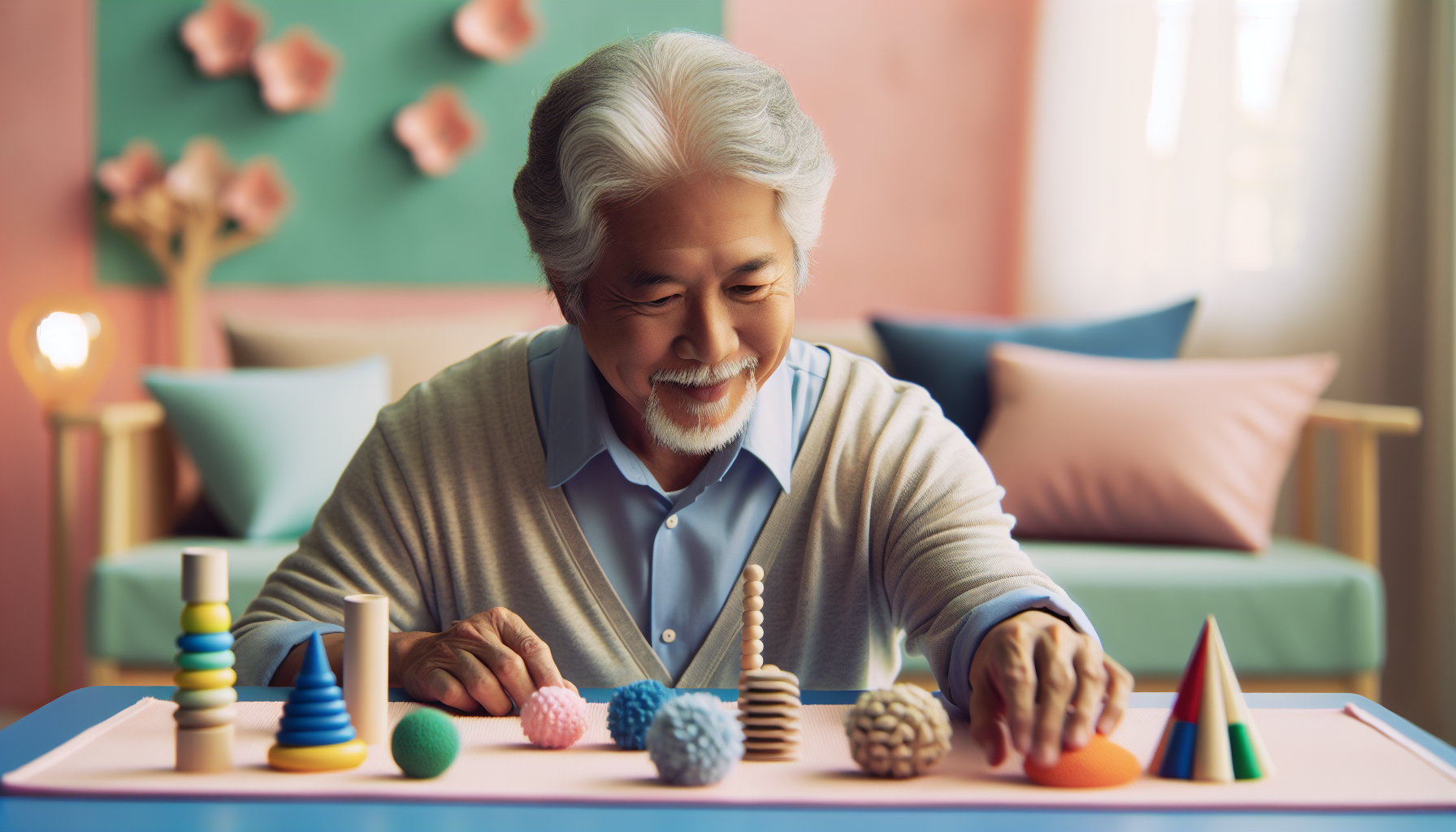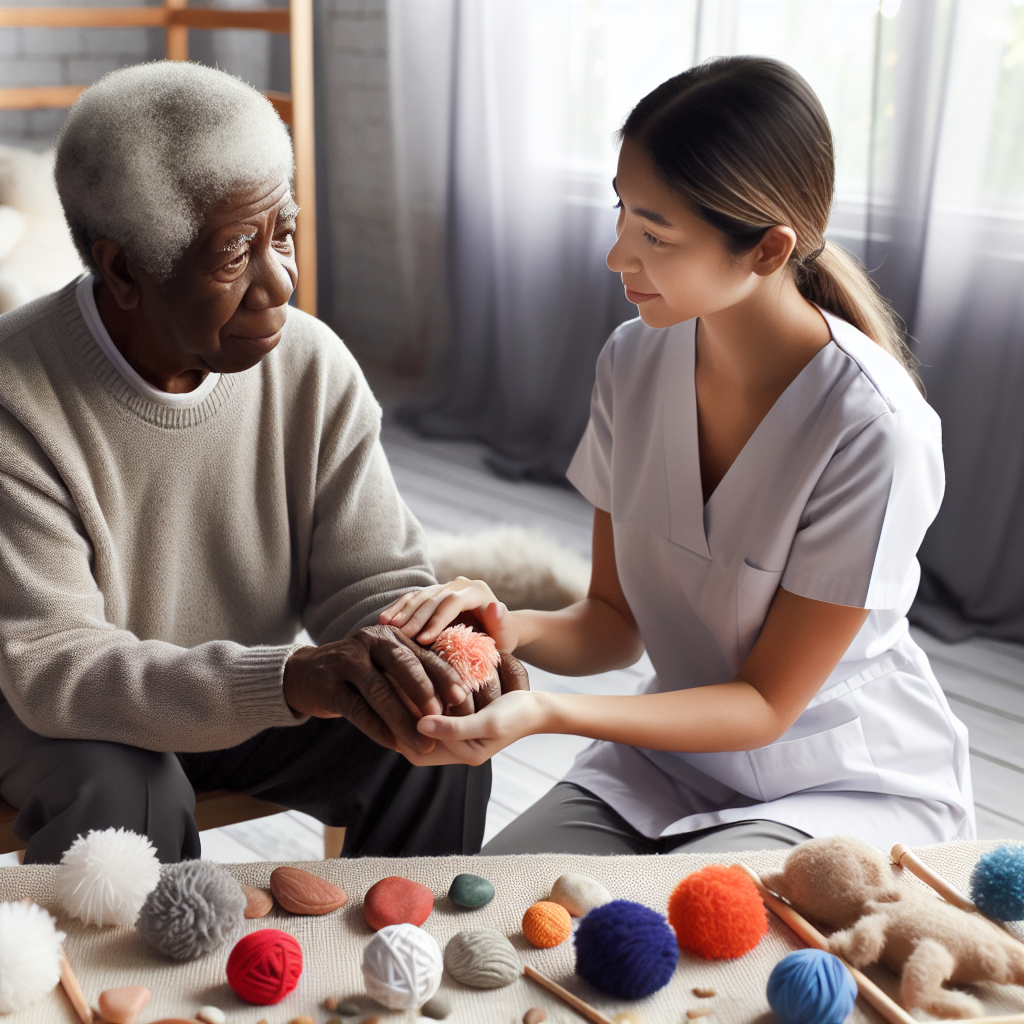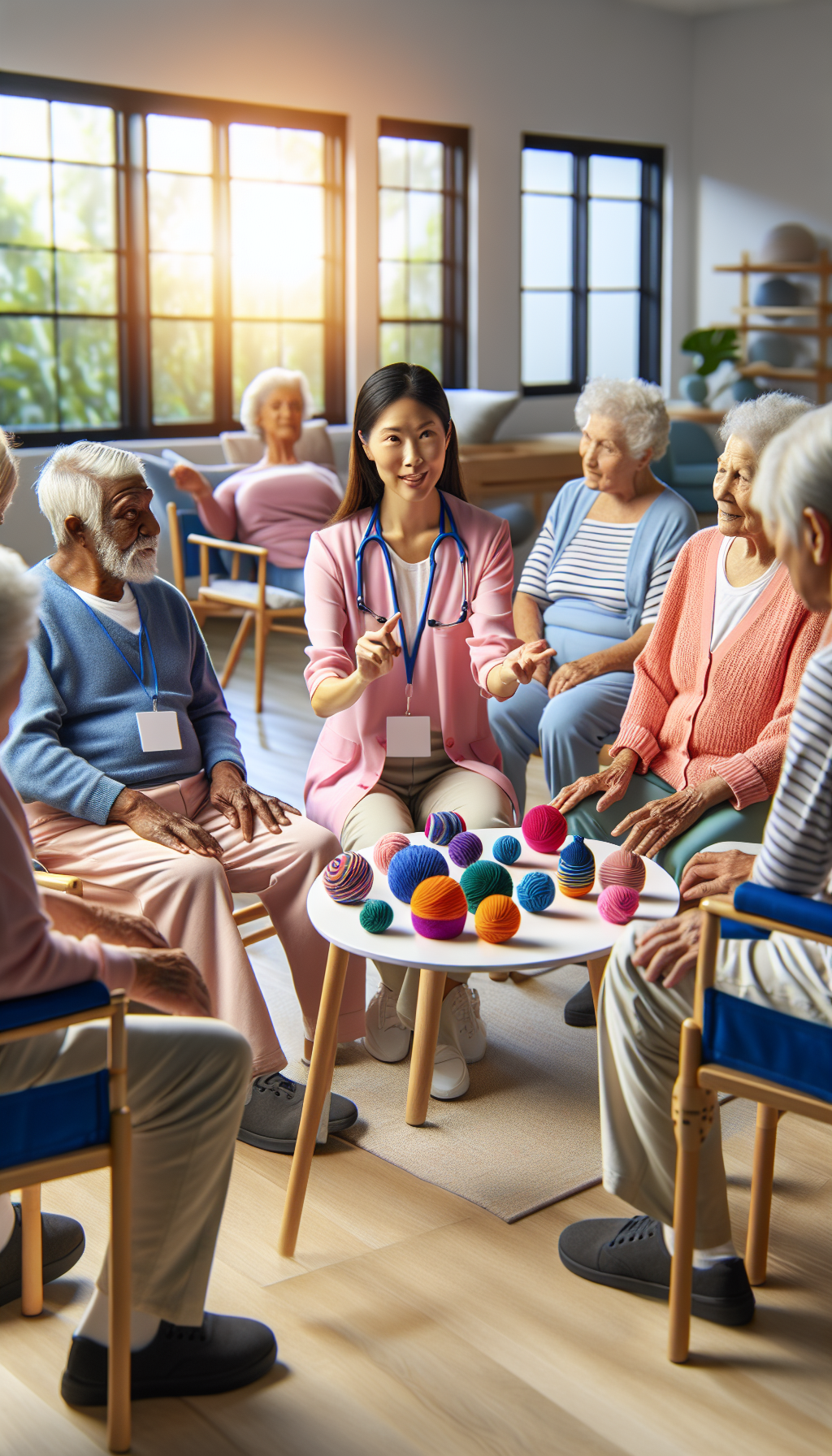Sensory integration is a critical aspect of human health and well-being, influencing how individuals perceive and interact with the world around them. In the realm of senior care, sensory integration techniques become particularly important as they can offer numerous benefits, from enhancing cognitive functions to improving emotional regulation and physical coordination. This article aims to explore various sensory integration techniques that can be used to support the elderly, drawing connections to relevant health domains, and providing insights into incorporating these practices into senior care.
Understanding Sensory Integration
Sensory integration refers to the way the nervous system receives messages from the senses and turns them into appropriate motor and behavioral responses. For seniors, sensory integration is essential as it impacts their balance, touch, sight, hearing, and proprioception, which is the sense of self-movement and body position. It’s well-documented that sensory functions can decline with age, which can lead to challenges in performing daily activities and maintaining independence.
The Role of Sensory Health in Senior Care
Sensory health is a cornerstone of overall well-being and is closely connected to brain health. As we age, maintaining sensory health becomes critical for cognitive function, emotional balance, and physical stability. Integrating sensory health practices into senior care not only helps in mitigating the decline of sensory functions but also enhances quality of life.
Sensory Integration Techniques for Seniors
Tactile Stimulation
Tactile stimulation involves the sense of touch and can be very beneficial for seniors. Activities like gardening or the use of textured materials can help maintain the sensitivity of touch receptors in the skin. This kind of stimulation is essential as it can prevent sensory decline and improve motor skills. For more on this, consider exploring the importance of tactile experiences in sensory development.
Auditory Exercises
Auditory exercises help in maintaining and improving hearing abilities, which are crucial for communication and environmental awareness. Activities such as listening to music or audiobooks can stimulate the auditory pathways and support cognitive functions. For a deeper understanding, refer to articles discussing auditory processing disorder and its impact.
Visual Activities
Visual activities are designed to maintain and enhance sight. Simple exercises like identifying colors, reading, or puzzles can help keep the visual pathways active. These activities are not only enjoyable but also help in preserving the seniors’ ability to interact with their environment effectively. For further information, look into the effects of visual processing issues on well-being.
Proprioceptive and Vestibular Activities
Proprioceptive activities involve movements and exercises that provide feedback to the brain about body position. Similarly, vestibular activities, which relate to balance and spatial orientation, can include gentle rocking or swaying motions. These exercises are vital for preventing falls and improving spatial awareness. You can find comprehensive resources on proprioception and vestibular exercises from niche experts in occupational therapy and geriatric care.
Olfactory and Gustatory Experiences
Engaging the sense of smell and taste through activities such as cooking or scent identification can enhance sensory experiences and stimulate memory. These experiences can also improve appetite and enjoyment of food, which is essential for proper nutrition in seniors.
Integrating Sensory Techniques into Daily Routines
Incorporating sensory integration techniques into the daily routines of seniors can be done in various ways. Caregivers and family members can introduce sensory-rich activities that are both enjoyable and therapeutic. This can range from planned exercises to incorporating sensory elements into everyday tasks.
For instance, sensory gardens offer a multifaceted sensory experience that can be both calming and stimulating. They provide an opportunity to engage with nature, which has been shown to have therapeutic benefits for individuals of all ages, including seniors.
The Impact of Sensory Integration on Overall Health
The integration of sensory activities into senior care is not just about addressing sensory health, but it also impacts other health domains. For example, tactile exercises can improve skin health by promoting circulation and skin regeneration. Similarly, proprioceptive exercises can contribute to bone health by encouraging movements that strengthen bones and muscles.
Furthermore, sensory health is intricately linked to mental health. Sensory integration activities can reduce feelings of anxiety, improve mood, and enhance cognitive abilities. They can also be a means of maintaining social connections, which are vital for emotional well-being.
External Resources Supporting Sensory Integration
To delve deeper into the specifics of sensory integration techniques for seniors, a few high-quality niche resources are available:
- The American Occupational Therapy Association provides extensive materials on the role of occupational therapy in sensory integration, particularly for the elderly population.
- The National Institute on Aging offers guidelines and research on the importance of sensory functions and activities tailored for seniors.
- Specialized gerontology research journals often publish studies and findings that highlight the effectiveness of sensory integration techniques in eldercare.
Challenges and Considerations
When implementing sensory integration techniques in senior care, there are several challenges and considerations to keep in mind. It’s essential to tailor activities to the individual’s needs, abilities, and preferences. Moreover, monitoring for any signs of discomfort or overstimulation is crucial to ensure the safety and well-being of the senior.
Professional guidance from occupational therapists or geriatric specialists can be invaluable in developing a personalized sensory integration plan. They can assess the individual’s sensory needs and recommend appropriate activities that align with their health status and interests.
Conclusion
Sensory integration techniques offer a holistic approach to enhancing the quality of life for seniors. By addressing the sensory needs of the elderly, caregivers can help them maintain their independence, improve their health, and enrich their daily experiences. As we continue to explore and understand the complex nature of sensory health, the integration of these practices in senior care is set to become increasingly important.
Remember, every senior is unique, and sensory integration plans should be as personalized as possible. With the right approach and resources, sensory integration can be a powerful tool in supporting the well-being of our elderly loved ones.



